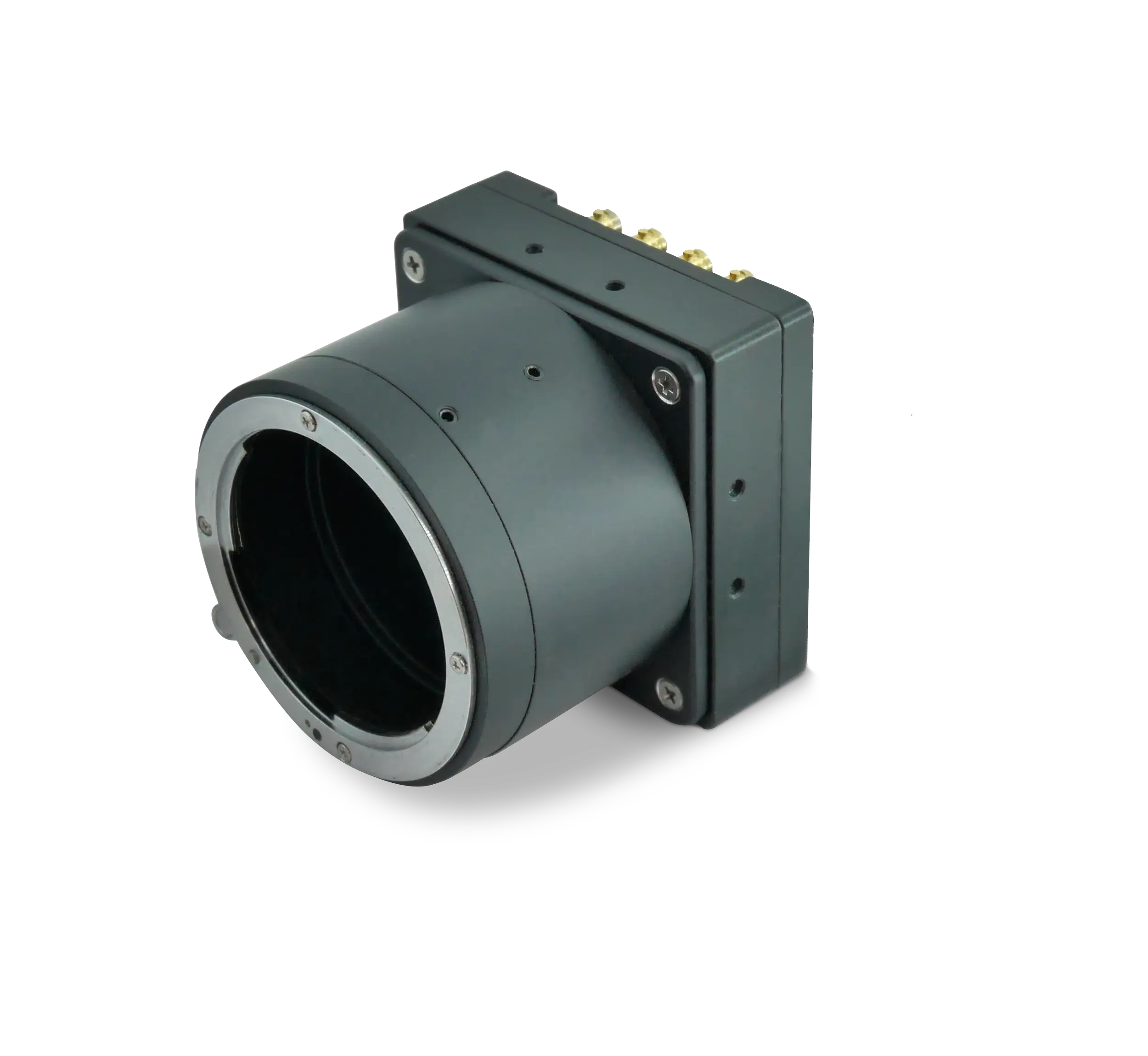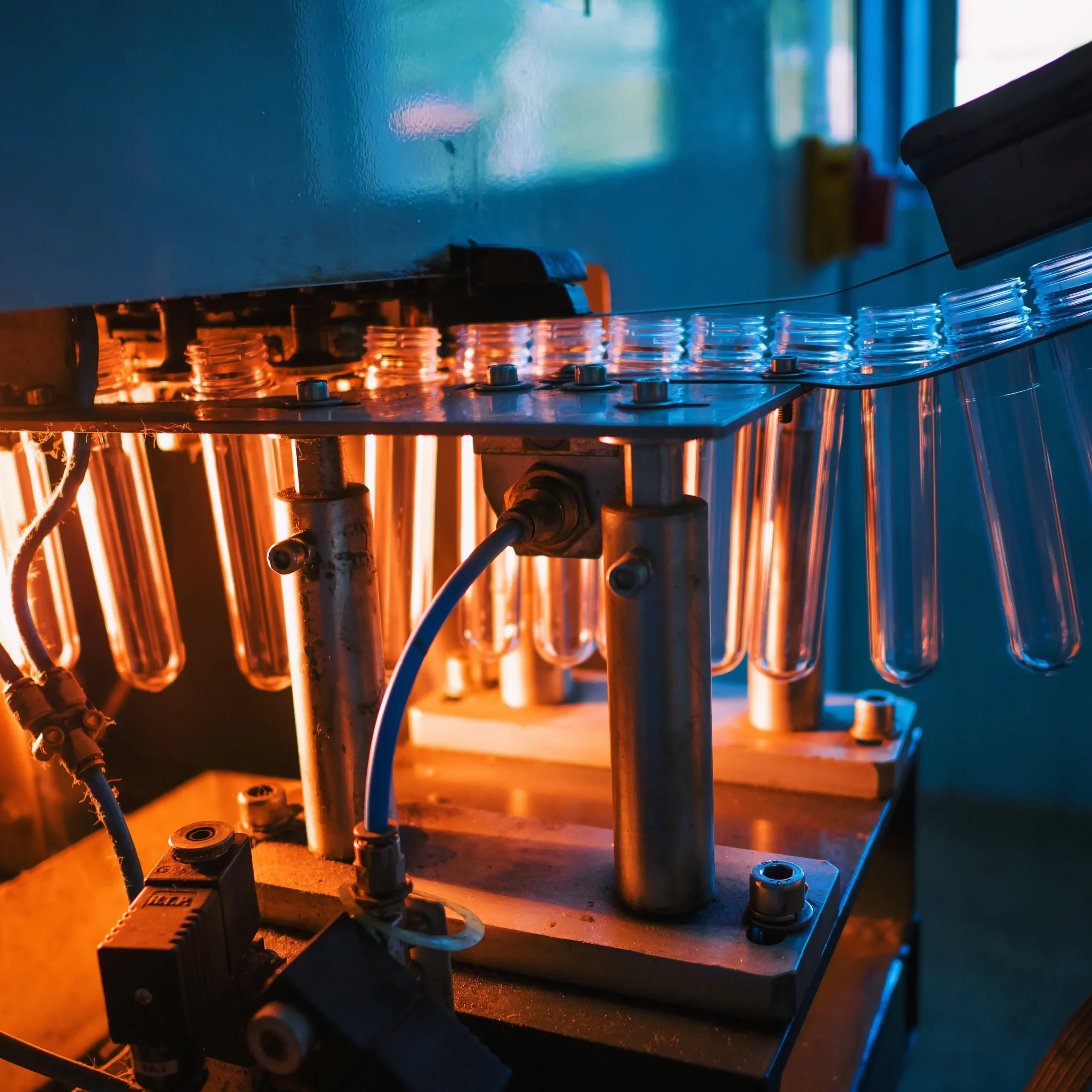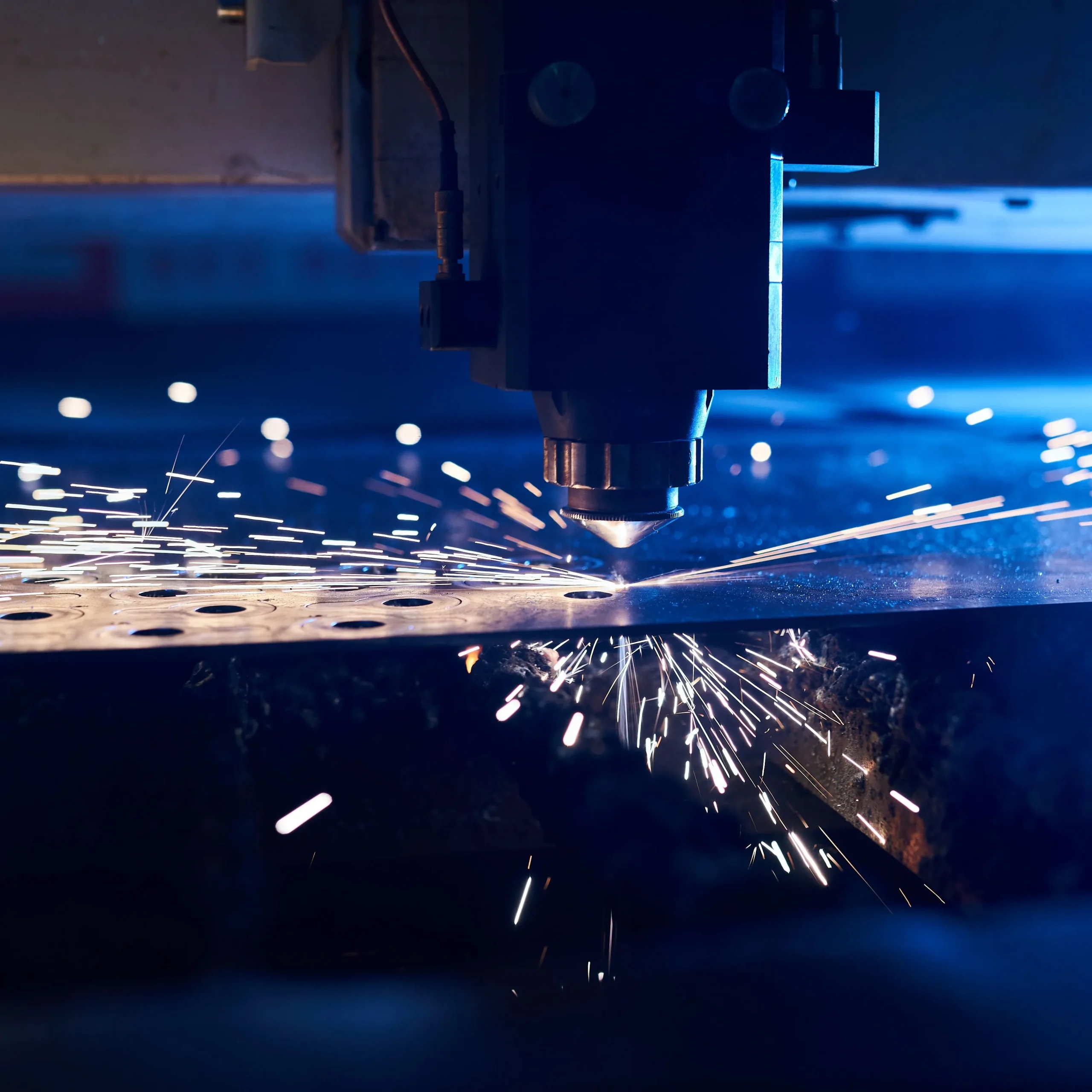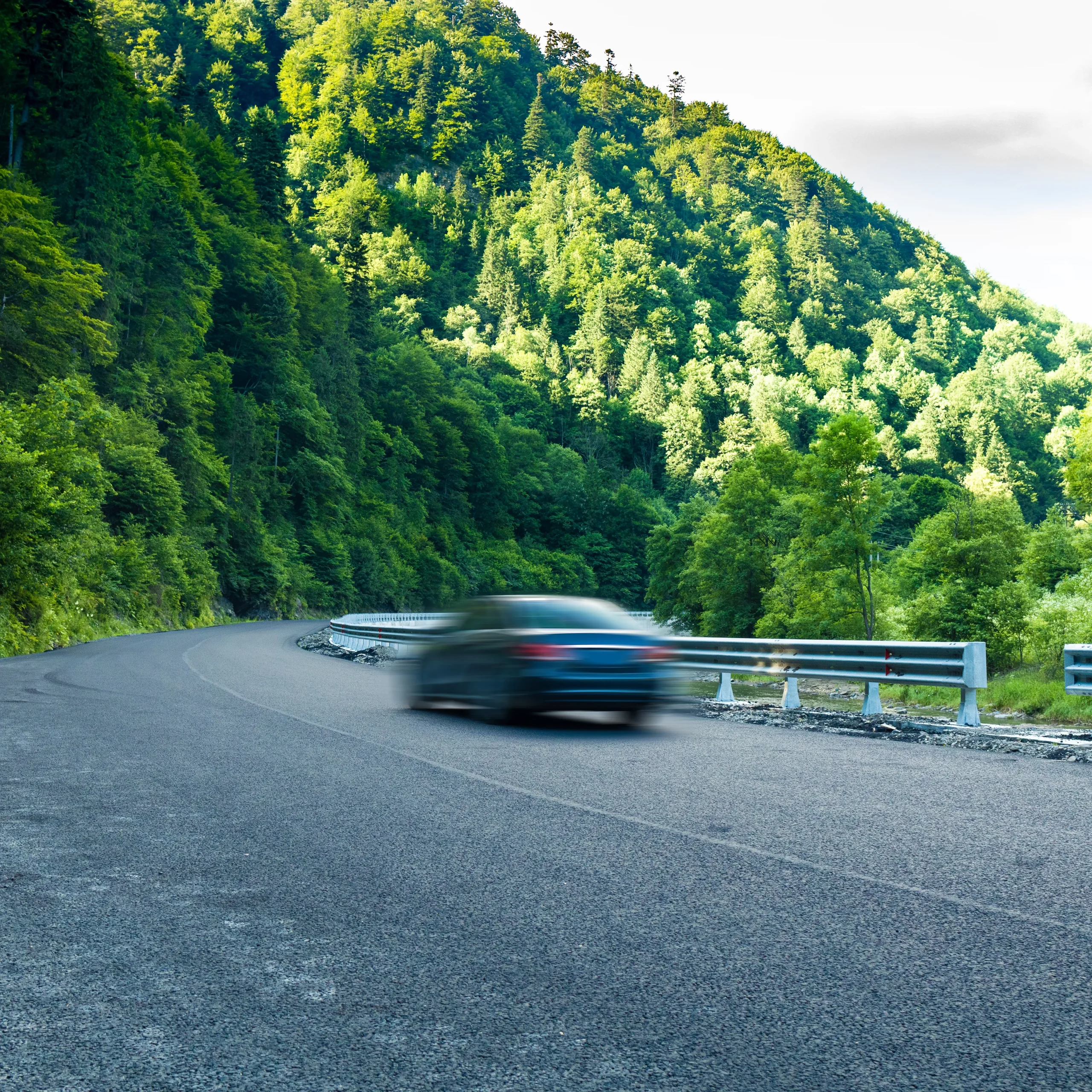Why are high-speed industrial cameras critical for real-time defect inspection?
Every millisecond counts on an ultra-fast production line. A tiny scratch on a beverage can or a missing print dot on flexible packaging can slip past human eyes but still trigger costly recalls. High-speed industrial cameras capture hundreds of frames per second, creating a complete visual record of each product without slowing the conveyor. More frames mean more opportunities for vision software to catch defects before they leave the factory. With a global shutter or an extremely fast rolling shutter, precise triggering and low noise, modern cameras can freeze motion even on items travelling above 10 m/s, helping quality teams drive defect rates toward zero and boost OEE.
Which key specifications matter when choosing a camera for ultra-fast lines?
Three parameters dominate: sensor read-out speed, exposure control and data interface. A minimum of 500 fps at the required resolution keeps up with lines moving beyond 1,000 ppm (parts per minute). Exposure must be short—often below 10 µs—to prevent motion blur; this demands a sensitive sensor and powerful illumination. Finally, data must exit the camera without bottlenecks. That is why CoaXPress 12 Gbps or CoaXPress-over-Fiber are preferred over USB or GigE in high-speed defect inspection. Also consider pixel size (which affects the light budget), dynamic range (for shiny or dark surfaces) and on-camera processing such as ROI or binning to optimise bandwidth. Matching these specs to your process speed ensures inspection keeps pace without lost frames.
How does CoaXPress boost inspection throughput?
CoaXPress delivers deterministic, low-latency transmission up to 12.5 Gbps per cable and supports power, triggering and camera control over the same link. For inspection engineers this means simpler cabling, precise line-synced triggering and guaranteed bandwidth even in electrically noisy factory environments. Compared with 10 GigE, CoaXPress offers lower jitter and employs micro-BNC locking connectors for vibration resistance. When distances exceed roughly 30 m, CoaXPress-over-Fiber extends the same protocol through SFP+ modules, giving multi-hundred-metre reach without repeaters. Frame grabbers are still required; they offload DMA transfers, provide hardware triggering and present a unified GenICam interface for software integration.
Which KAYA Vision cameras fit different speed tiers?
Iron 2011E – 500 fps class. Its global shutter, 2.6 µs minimum exposure and 513 fps at 8-bit depth make it ideal for bottle inspection or fast pick-and-place verification. With power consumption below 4 W and a compact 44 × 44 × 53 mm housing, it can be deployed in dense multi-camera arrays without overloading power budgets.
Iron 4600 – ultra-high resolution. When an application needs true 8K-wide images for web or sheet inspection yet still demands speed, the Iron 4600 delivers. The 43.8 mm Gigapyx sensor outputs 100 fps at 8-bit and retains 85 fps at 10-bit while offering more than 90 dB dynamic range and < 1.6 e- temporal noise, revealing minute coating or print flaws that low-resolution cameras miss.
Iron CoF 2020BSI-UV – fiber and low light. For UV-excited fluorescence, semiconductor wafer checks or clean-room layouts that demand long cable runs, this back-side-illuminated model streams up to 74 fps through an SFP+ fiber interface. Quantum efficiency reaches almost 85 % at 550 nm, and power consumption stays under 4.5 W, making it attractive where illumination intensity is limited.
How do I pair cameras with the correct frame grabber?
Always match interface type, bandwidth and host-bus speed. A single-link Iron 2011E running at its full 513 fps generates roughly 1.2 GB/s of image data—well below what modern CXP-12 frame grabbers can sustain over PCIe Gen3, so one grabber per camera is normally sufficient. The fiber-enabled Iron CoF 2020BSI-UV connects directly to KAYA’s Predator II CoaXPress-over-Fiber frame grabber via an SFP+ patch cord, streaming 74 fps at 11-bit while using only one PCIe ×4 slot and leaving 1.7 GB/s of sustained host bandwidth for processing. If you plan a multi-camera cell or want GPU-direct transfers, the Komodo Quad CLHS frame grabber supplies up to 6.7 GB/s sustained throughput over PCIe Gen3 ×8 and synchronises up to four area-scan cameras with 8 ns timestamp precision.
How can I eliminate motion blur at 500 fps and beyond?
The shorter the exposure, the less distance a part travels while the shutter is open. At 2.6 µs on the Iron 2011E, a part moving 10 m/s shifts 26 µm—about four of the camera’s 6.5 µm pixels—so most features remain sharp. Reducing exposure further or re-orienting the camera orthogonally to motion lowers apparent blur even more. Brighter illumination is the usual path: raise LED current, add diffusion to avoid hot spots, or select wavelengths where sensor quantum efficiency peaks (around 520 nm for the Iron 4600). Use strobe lighting driven by the camera’s dedicated strobe output so photons arrive only during exposure—maximising light while minimising heat. Finally, confine acquisition to a region of interest; smaller ROIs shorten read-out time and can lift frame rates well above the nominal spec.
What role do illumination and triggering play?
Illumination sets the signal-to-noise floor. High-speed lines benefit from short-pulse LED or laser line lights that can be over-driven five- to ten-times their continuous rating because duty cycles are low. Triggering ties everything together: a conveyor encoder feeds pulses to the frame grabber’s opto-isolated inputs; the grabber then generates deterministic triggers for each camera and strobes the lights within microseconds. KAYA’s Predator II implements glitch-removal filters and programmable delays with 8 ns resolution, letting you align capture to within a single encoder count. Accurate triggering is the difference between seeing the same defect at the same pixel location every frame and chasing random jitter in your analytics.
When is CoaXPress-over-Fiber the right choice?
Long production lines, harsh EMC and clean-room constraints all argue for fiber. Copper coax reaches roughly 40 m at 12.5 Gbps, but multimode or single-mode fiber spans hundreds of metres with minimal attenuation. The Iron CoF 2020BSI-UV pairs directly with the Predator II CoF frame grabber, eliminating repeater boxes. Fiber cables are lighter and non-conductive, simplifying cable chains on moving gantries and avoiding ground loops. For inspection cells inside ovens or radiation zones, fiber keeps sensitive PCs in a safe control room. This topology maximises uptime when electrical noise could corrupt copper links.
What integration tools does KAYA provide?
All KAYA cameras and frame grabbers adhere to the GenICam standard, so third-party vision libraries recognise them instantly. Sample C, Python and .NET code illustrates buffer handling, event callbacks and zero-copy GPU transfers for AI inference. A cross-platform GUI streams from multiple cameras, records images or video and exports time-stamped logs for process correlation. For production deployment, the APIs expose health counters—CRC errors, dropped packets, temperature—so maintenance software can detect issues before they stop the line. High-speed inspection never gets a second chance; built-in diagnostics and open tooling help keep every frame and every product under control.




